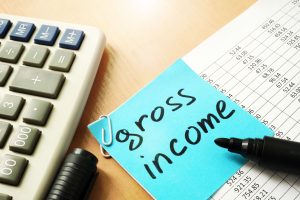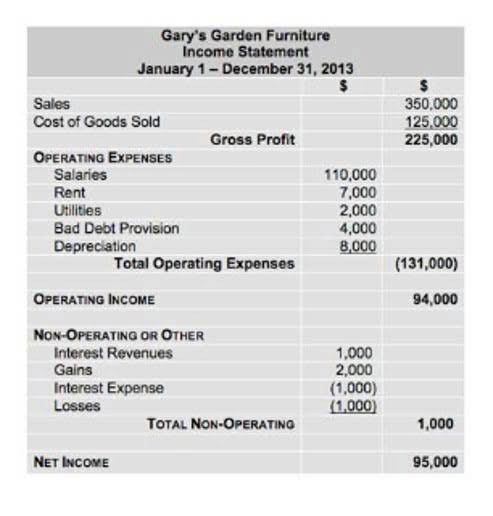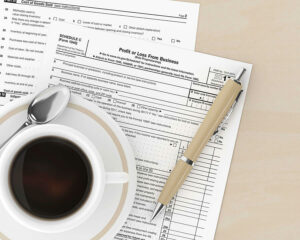
- Uncategorized
- December 24, 2021
- No Comments
Types of dividends

Accounting for dividends also prevents a company from recording accrued dividends that have not been paid. Therefore, companies pay dividends only when they can afford to do so without damaging their financial condition and ability to continue making payments in the future. Accounting for dividends starts with determining if the company has sufficient cash on hand to distribute a dividend. The amount of money needed to pay a dividend is called the required payout ratio. When a cash dividend is paid, the stock price generally drops by the amount of the dividend.
Create a Free Account and Ask Any Financial Question
- Cash dividends are paid out either as a check sent to the investor or as a credit to a brokerage account, which can then be reinvested.
- This has the effect of reducing the value of each share, but it also makes it more affordable for investors to buy more significant numbers of shares.
- However, it may end up negatively impacting a company that has had low profits or even losses.
- Retained earnings are an excellent indicator of a company’s health in the same way that dividends are.
- These fees make a significant difference in your portfolio’s overall performance.
- Finally, dividends are not expenses either, as they are do not represent an outflow of economic benefits during a period and are also not a part of the Statement of Profit or Loss of a company.
They use the fair-market value of the asset to determine how much each shareholder should receive. It’s important to note that these payments can fluctuate in response to changes in the company’s profits, or even broader market conditions if there are major changes in the company’s specific sector. Dividend payout ratio is the proportion of a company’s earnings that is used to pay dividends to investors. For example, if a company earns an estimated $1 per share and pays the same $0.20 per share, then the payout ratio is 20%.
Online Investments
If a company pays a dividend by distributing income from current operations, the transaction is recorded as an operating activity on the cash flow statement. On the other hand, if a company pays a dividend from retained earnings, then it is recorded on the balance sheet as both an asset and liability entry. Dividend payments also influence key financial ratios, such as the dividend payout ratio and the return on equity (ROE).

What’s the process of accounting for dividends?
Dividends are not assets as they are not a resource that a company owns or controls. Finally, dividends are not expenses either, as they are do not represent an outflow of economic benefits during a period and are also not a part of the Statement of Profit or Loss of a company. The end result across both entries will be an overall reduction in retained earnings and cash for the amount of the dividend. The date of record is when the business identifies the shareholders to be paid. Debiting the account will act as a decrease because the money that is Bookstime being paid out would otherwise have been held as retained earnings. The Board’s declaration includes the date a shareholder must own stock to qualify for the payment along with the date the payments will be issued.
As with constant dividend policy, the residual dividend policy can create volatile returns for shareholders depending on the profits, capital expenditure, and working capital requirements of a company. However, investors are more likely to accept a residual dividend policy as it allows companies to use profits for future growth, which results in higher returns in the future for investors. Mostly, companies pay dividends to their shareholders annually, after the end of each accounting period. However, some companies also pay their shareholders quarterly, while some other pay dividends semi-annually. For shareholders to be eligible for payment at the time the company pays dividends, they must hold the shares of the company before the ex-dividend date. Conversely, growth-oriented companies might opt for a more flexible dividend policy, prioritizing reinvestment of earnings into expansion projects, research and development, or acquisitions.
- The easiest way to buy dividend stocks is by opening a brokerage account.
- In another article, Housel compared the return of Public Storage stock with and without dividends reinvested.
- Quarterly is the most common frequency of payment, but a company can also choose to pay monthly, semi-annually, or annually.
- Moreover, during economic contractions, these companies continue to pay high yields.
- Intelligent investing can be described as understanding and keeping track of how conditions change over time.
- Most investors would obviously want to be paid in cash instead of stock.
Related AccountingTools Courses

If a company cannot pay dividends regularly, it sends a negative signal regarding the company to the market. Therefore, dividends cash flow play a vital role in communicating the strength and sustainability of a company to its shareholders, potential investors, and the market. There are many reasons why a company needs to distribute dividends to its shareholders. First of all, shareholders need some form of return for their investment in a company. Therefore, to provide them with the return they expect from their investment, the company must pay a dividend to them.


The tax treatment of dividends also varies for different types of dividends. Cash dividends are straightforward; they are taxed as income in the year they are received. Stock dividends, on the other hand, are generally not dividends account type taxed at the time of distribution. Instead, the cost basis of the original shares is adjusted to account for the additional shares received. This means that taxes are deferred until the shares are sold, potentially allowing for tax planning strategies that can minimize the overall tax burden.
